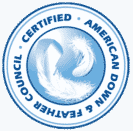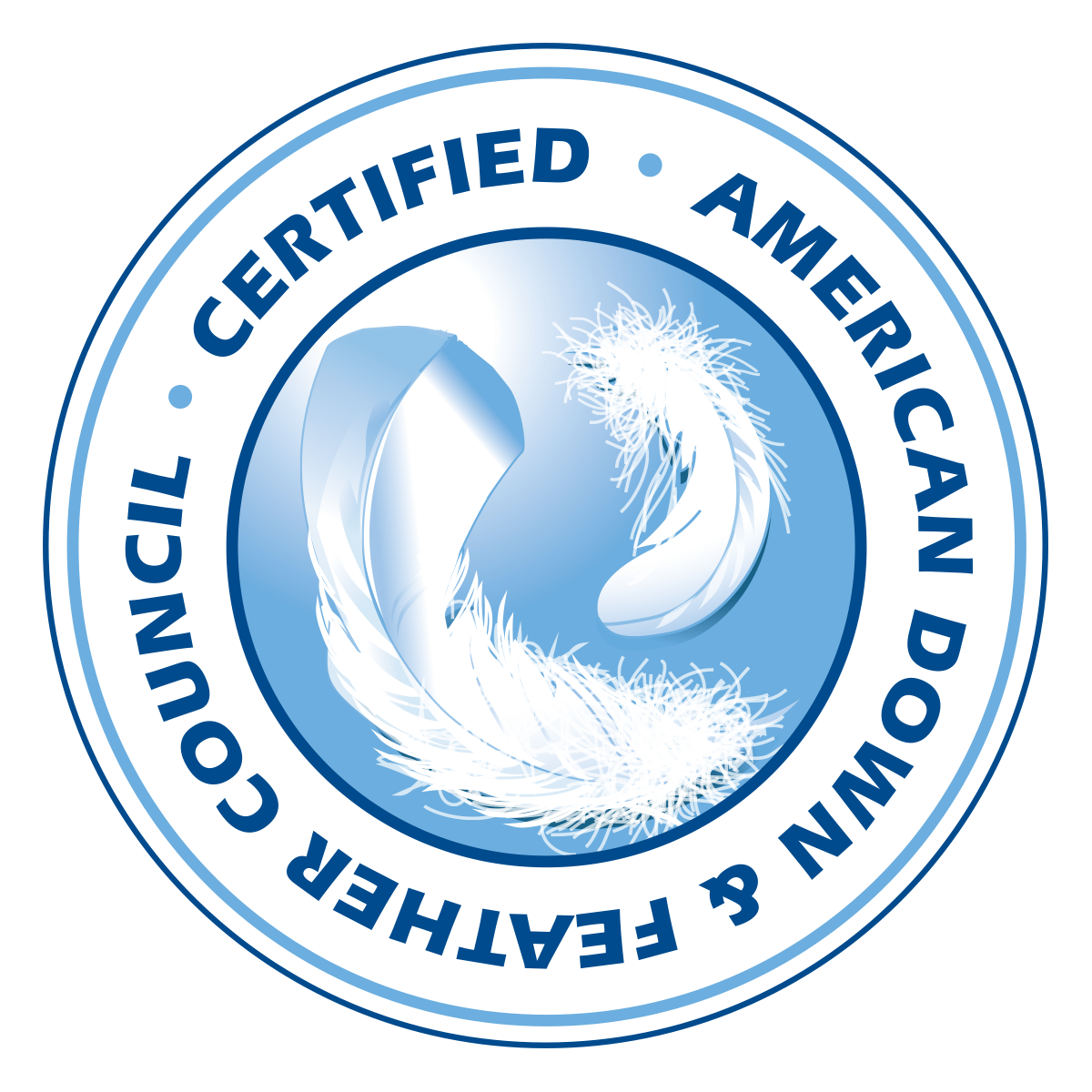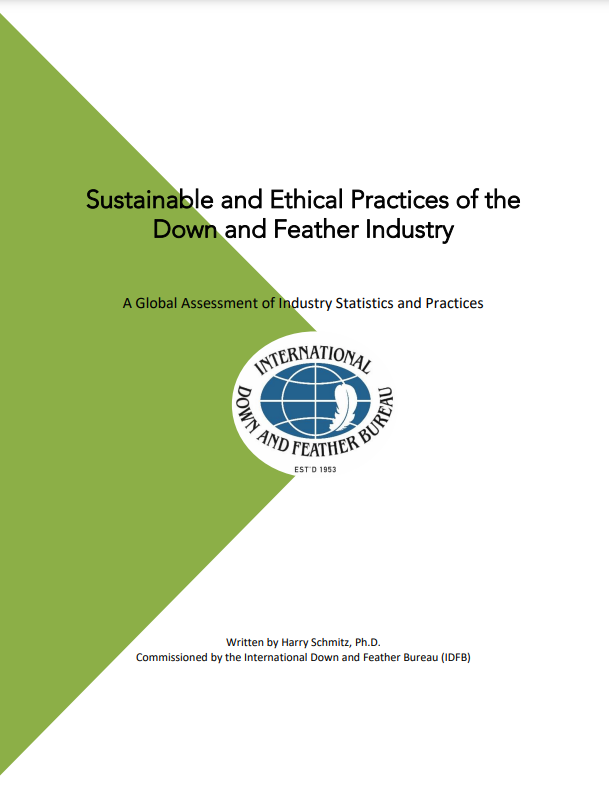In order to test the environmental footprint of down fill material, the International Down and Feather Bureau (IDFB), of which American Down and Feather Council (ADFC) is an active member, commissioned Long Trail Sustainability (LTS), an independent third-party organization that specializes in Life Cycle Assessments (LCA), to conduct an LCA of down compared to polyester fill.
The LCA tested the impact of down versus polyester in 5 environmental areas: human health, ecosystems, resources, cumulative energy demand and climate change. On a per ton basis, down has between 85% – 97% lower impacts than polyester in all the impact categories analyzed, and has 18 times less of an impact on climate change than polyester fill. To provide a fair and accurate scientific assessment, LTS provides LCAs that are ISO compliant and take equality into consideration when studying the lifetime of a product.



